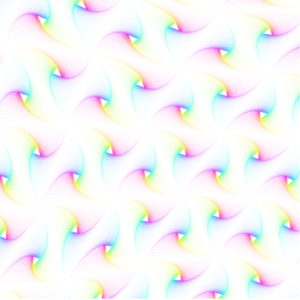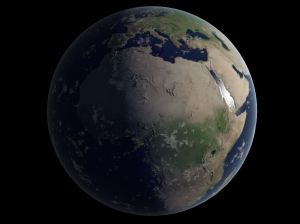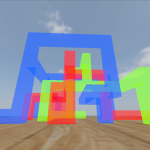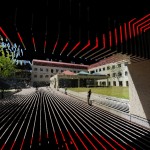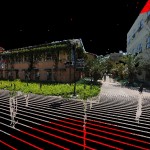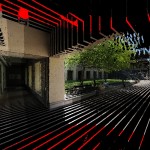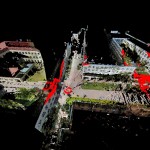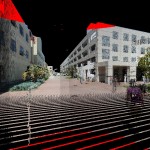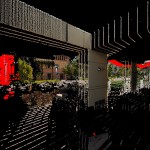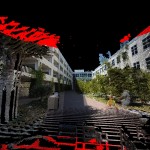Unfortunately, I find less and less time to update this page and add new content. I’m still doing graphics programming and switched from OpenGL to Vulkan but besides a lack of time I also haven’t found a good topic for a new demo. GPU ray tracing is exciting to have after all the years so this would be an option.
Another passion of mine is making music, which is a great balance to programming, although music can also get very mathematically. I recently released 11 new songs I made over the last two years. I’m still learning a lot in all aspects of music production and I hope I’m getting better. As usual, most songs are some kind of Heavy Metal, but for friends of undistorted sounds there are also four songs of other genres. For the first track I hired a singer and a drummer on Fiverr to see how that would work out and they really helped to make a musically quite simple song much better. Everything else from recording bass and guitar to mastering was done by me. I hope you can enjoy my music and if you have any feedback let me know:
